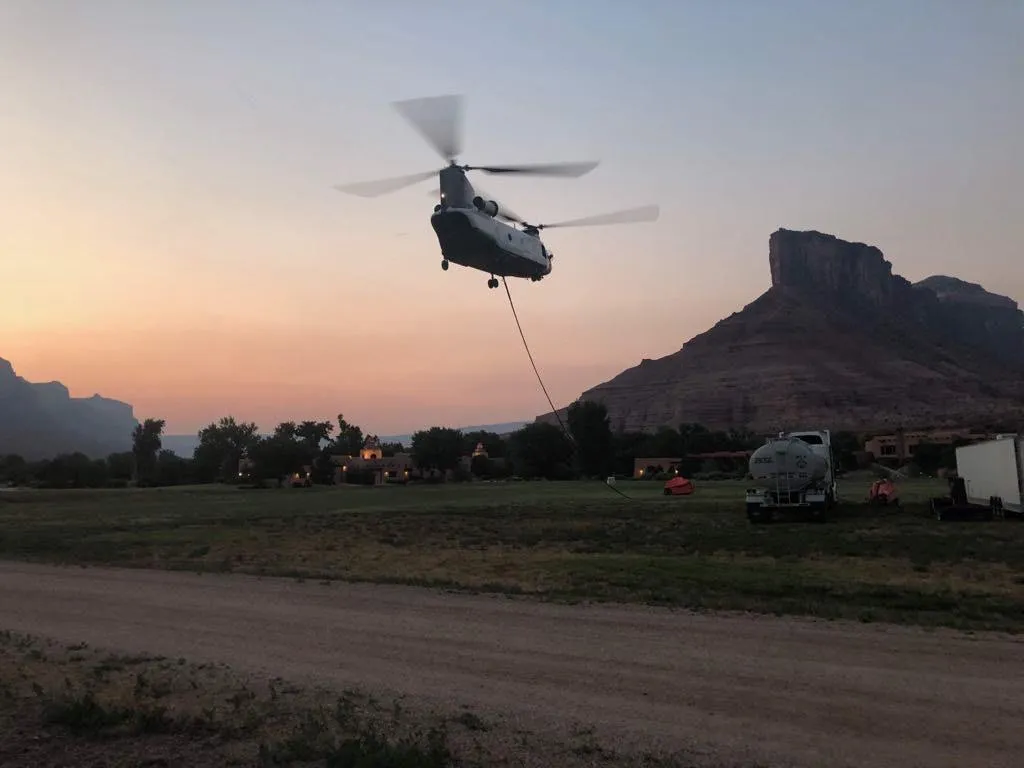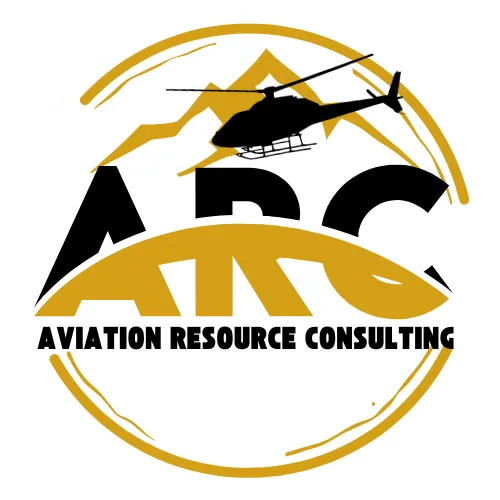Aerial Wild-land Fire Fighting
ARC offers specialized helicopter firefighting services, including training in forest fire suppression, with expert skills in high-stakes, dynamic environments to mitigate wildfire risks effectively.

Risks Associated with Operations:
• Specific aircraft tanked and vertical reference training in situ.
Smoke-obscured visibility and turbulent air leading to navigation errors or mid-air collisions in multi-aircraft operations.
• Heat-induced mechanical failures or fatigue in pilots during extended missions, increasing accident rates.
• Ground hazards like falling debris or unpredictable fire behavior, posing threats to ground crews and aircraft.

Fire Suppression Training:
• Focus on interagency coordination drills, emphasizing CRM for effective communication in smoke-filled scenarios.
• Incorporate fatigue management techniques and simulator-based fire behavior prediction training.
• Practice aerial suppression exercises in controlled environments to hone accuracy and safety protocols.

Goal of ARC:
• Compliance with NWCG Standards for Helicopter Operations (PMS 510) for safe interagency fire suppression.
• Adherence to Federal Aerial Firefighting guidelines for safety assessments and aircraft certification.
• Alignment with DOI and USDA Forest Service policies for aviation resource prioritization and risk management.

Benefits of Consulting with ARC:
• Faster fire containment with helicopter advantages like maneuverability, reducing overall suppression costs.
• Enhanced team safety through expert training, leading to fewer incidents and better resource allocation.
• Leverage ARC’s global experience for integrated strategies that improve wildfire management outcomes.
*Proudly serving United States and global clients with technical and tactical aviation solutions*

Innovation
Fresh, creative solutions.

Integrity
Honesty and transparency.

Excellence
Top-notch services.

FOLLOW US
COMPANY
CUSTOMER CARE
LEGAL
© Copyright 2025.Aviation Resource Consulting LLC (ARC).All Rights Reserved.